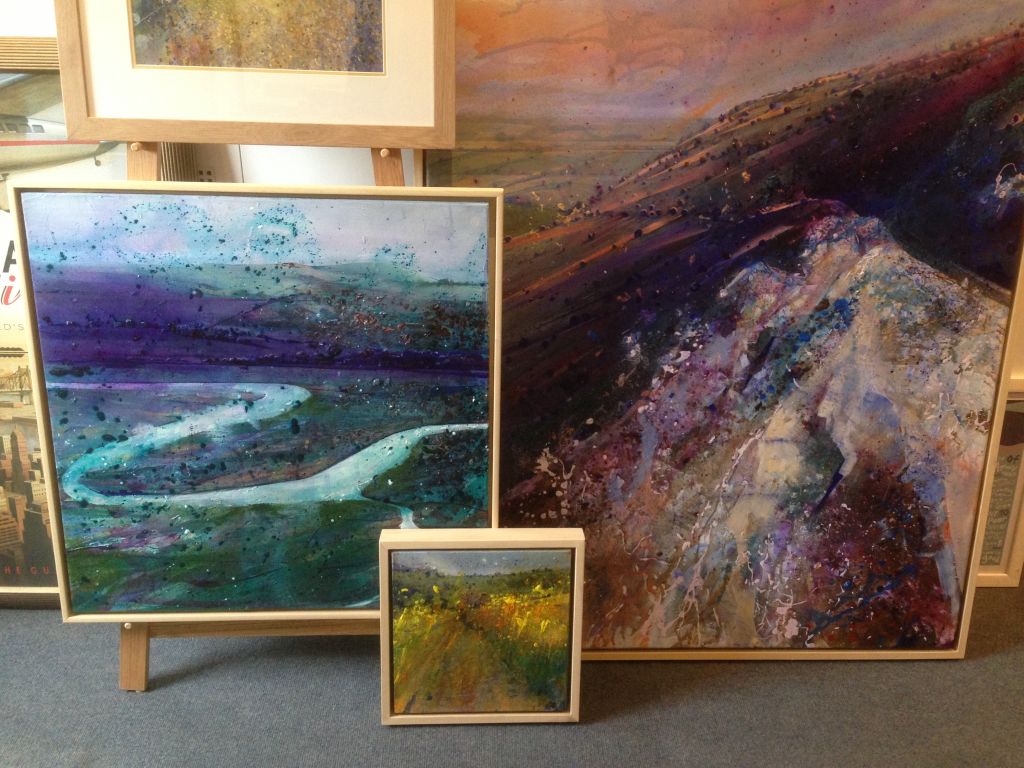For many artists, the act of creating a piece comes naturally—paint strokes, digital designs, sculptures, or intricate sketches can flow seamlessly from an idea to reality. But when it comes to giving your artwork a title, the process often feels daunting. A title isn’t simply a label; it’s an extension of your work, giving it meaning, context, or mystery. The right name can transform how your piece is perceived, making it more relatable, marketable, or memorable. So, how do you decide on the perfect title for your creative masterpiece?
This guide explores strategies for titling your artwork, offering insights into what makes a title effective, the dos and don’ts of naming artwork, and how to align the name with your creative vision. Whether you’re a seasoned artist or a newcomer, this article provides practical tips to ensure your work has a name that resonates with its audience.
Why the Title of Artwork Matters
Think of your favorite piece of art, maybe van Gogh’s Starry Night or da Vinci’s Mona Lisa. Now imagine how your perception of these works might shift if they were untitled or if they were labeled with something generic like “Abstract Scene #42.” The title of artwork is more than a simple identifier. It provides a bridge between the artist and the viewer, offering insight, sparking curiosity, or evoking emotion.
For many buyers or appreciators, a title forms the first impression of your work, even before they see it. A catchy, thought-provoking title can draw people into galleries, virtual exhibitions, or even online marketplaces. You’re not just naming an object; you’re giving your artwork an identity. For artists who sell their pieces, the right title can make your work easier to discuss and share, ultimately helping to boost sales and build your reputation.
How to Name Artwork That Speaks to Your Audience
Choosing a title doesn’t have to feel overwhelming. Start by considering the following steps to make naming your artwork an organic and creative part of your process.
Reflect on the Emotional Tone
Every piece of artwork holds a certain emotional or conceptual weight, whether it’s joy, sorrow, love, chaos, or wonder. Your title should reflect these emotions. Take a moment to examine your piece and consider what emotions it evokes. Does it feel serene or dramatic? Does it lean into abstraction or tell a clear story? For instance, if your work conveys serenity and nature, something like Whispering Pines or Golden Stillness might feel appropriate. On the other hand, a chaotic and colorful abstract piece might lend itself to something dynamic, like Kaleidoscope Burst.

Consider Your Creative Process
The process of making a piece can be an incredible source for naming it. Think about what inspired the artwork—was it a moment, a location, a lyric, or a person? Maybe it’s the medium or technique itself that shaped the work. Titles like Meditations in Acrylic or Fleeting Moments draw directly from the creation process, offering viewers a glimpse into your world as an artist.
Use a Descriptive Approach
Descriptive titles can clarify what the viewer is meant to see, especially with representational art like portraits, landscapes, or still life. Here, a title like Portrait of Eleanor or Dawn Over the Valley sets up clear expectations for the audience, helping them connect with the piece without ambiguity. However, keep in mind that overly literal titles can sometimes limit the viewer’s imagination. For instance, naming an abstract painting Red, Blue, Yellow might undersell the creative effort. Aim for balance.
Explore the Power of Metaphors
Metaphors, symbolism, and poetic phrases make for intriguing titles, particularly for conceptual and abstract works. These allow the audience to interpret your work on a deeper level, connecting emotionally or spiritually. For example, a simple still life could become Fragile Abundance, referencing not just the objects on canvas but themes of impermanence or beauty. Abstract or surreal pieces might take advantage of imaginative titles like Dreamcatcher’s Echo or Ebb and Flow of Time.
Keep It Short and Memorable
While there’s no hard-and-fast rule, shorter titles often have a stronger impact. They’re easier to remember, repeat, and share on social media or in word-of-mouth discussions. Aim for simplicity, yet allow room for creativity. Think about iconic titles like Picasso’s Guernica or Monet’s Water Lilies. Short but deeply evocative names can leave a lasting impression.
Think About Your Brand as an Artist
Just like your artistic style, the way you title your pieces contributes to your overall brand as an artist. If you consistently create uplifting, nature-inspired works, your titles might use words that evoke growth, light, or natural elements. On the other hand, if your art leans toward darker, mysterious undertones, your titles could use enigmatic or haunting language. Consistency helps create cohesiveness, making it easier for audiences to identify and connect with your work.
Common Mistakes to Avoid
When learning how to name your artwork, it’s equally important to recognize what doesn’t work. Avoiding these common pitfalls will help your titles feel more professional and impactful.
- Generic Labels: Naming your painting “Untitled #4” or “Abstract Composition #7” might be tempting, especially if you’re unsure of what to call it. However, generic titles often lack the emotional resonance that helps connect with viewers.
- Overcomplicating It: On the flip side, creating overly complex or cryptic titles can alienate your audience. Titles that are excessively wordy or loaded with difficult jargon might detract from the accessibility of your work.
- Copying Trends: Naming your pieces based on fleeting trends can make them feel dated quickly. While it’s fine to be inspired by popular culture, make sure the name stands the test of time.
Transforming Your Titles into Your Signature
A well-crafted title can transform your piece into a strong, memorable work of art. It elevates your creation, offering deeper insight not only into the art itself but also into you as an artist. Whether you prefer titles that are poetic, descriptive, or experimental, the key is to keep your vision and audience in mind. Ultimately, your titles should feel authentic to both your art and your personal voice.
Your artwork deserves a name as powerful as the visuals you’ve created. Give yourself the time and space to treat this process as part of your artistry, rather than an afterthought.




